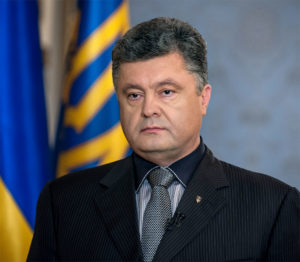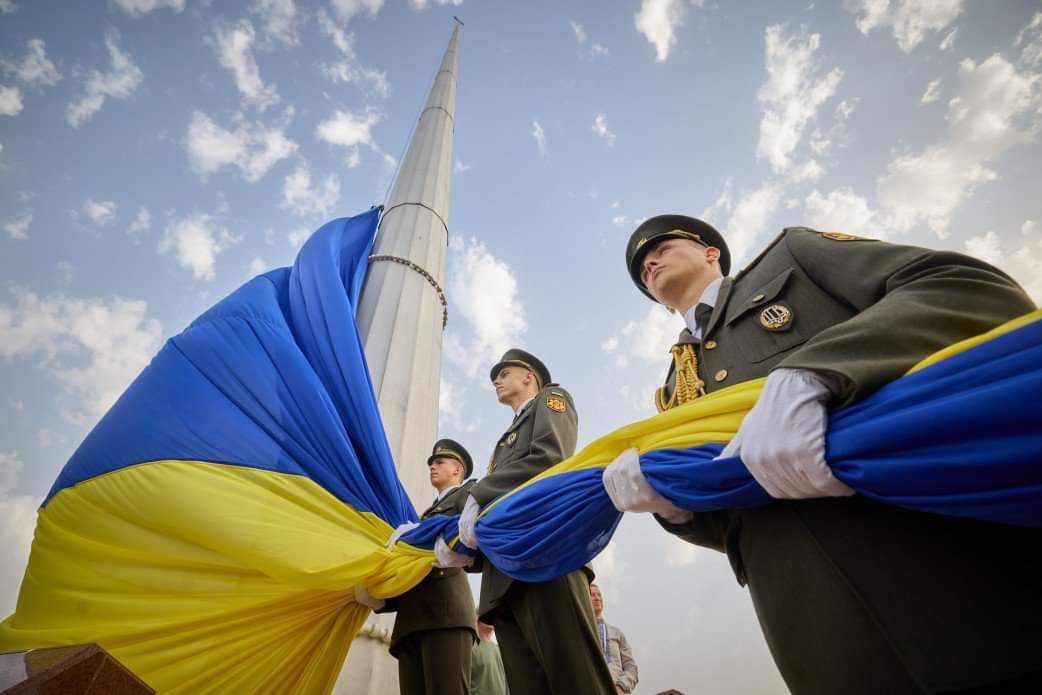With Russia launching its full-scale war exactly 6 months ago and the war still raging, this year’s independence day will be much different, yet still one to celebrate. Russia’s war has accomplished the complete opposite of what it set out to do: Ukraine is united.
As the Russian invasion of Ukraine approaches its sixth month, thousands of Ukrainians have been killed, several Ukrainian cities and villages have been left in ruin, numerous cultural and religious sites have been destroyed, and the ongoing war has displaced nearly 15 million Ukrainians.
Meanwhile, Ukrainian intelligence has recently told how Russia is planning a massive shelling campaign ahead of Ukraine’s Independence Day. But as the Russians attempt to beat the Ukrainians into submission, these actions are having the opposite effect.Russia has united Ukraine’s diverse ethnic, linguistic, and religious groups inadvertently
Rather, Russia has united Ukraine’s diverse ethnic, linguistic, and religious groups inadvertently during and prior to its full-scale invasion of Ukraine.
Ukraine divided less between “east” and “west” than between “city” and “village”
Some of the first steps toward a fully-unified, independent Ukraine occurred during the 2004 Orange Revolution. Ukrainian citizens were to choose their presidential candidate. Former Donetsk Governor Viktor Yanukovych, a politician from eastern Ukraine who primarily spoke Russian and supported close ties with the Russian Federation, was one option.
The second candidate was former Prime Minister Viktor Yushchenko, a banker who ran on Western values and advocated for closer ties to the West. After Yanukovych’s failed attempt to steal the election and a nationwide re-vote, Ukrainian citizens voted Yushchenko into office as their next president.
As a result, Ukraine gradually moved closer to the West, its political ideology, and established business relationships with more Western organizations. This resulted in the formation of new partnerships and new perspectives in a world without Russia.New partnerships and new perspectives in a world without Russia
Where is the Yanukovych regime five years after the Euromaidan revolution
Ukraine began to unify even further during the 2013-2014 Revolution of Dignity. In the fall of 2013, the then-president of Ukraine, Viktor Yanukovych, declined to sign an association agreement with the European Union, sparking outrage in the country. Ukrainians from across the nation gathered in Kyiv to protest his decision.
After three months of protests, Yanukovych attempted to disperse the crowd by ordering unarmed citizens to be shot by Ukrainian special forces. A decision that caused the deaths of more than one hundred innocent civilians, and one which cost him much, forcing him to flee to Russia.
Shortly after, Russia illegally annexed Crimea, and the first Russian invasion of Ukraine began. However, these events did not polarize Ukrainian citizens. Instead, Ukraine held a special election for president in 2014, and Petro Poroshenko became the first presidential candidate to win every Ukrainian Oblast.
As a result of Poroshenko’s victory, the Ukrainian Parliament rewrote the constitution to solidify the country’s desire to integrate with the West, supported by Ukrainians throughout the country.

These developments demonstrate that the alleged division between Ukraine’s East and West never existed to the extent of what Putin claims, and has only increased their desire to integrate with the West. Moreover, the two most recent presidential elections in Ukraine (2014 and 2019) demonstrated that the country’s political, cultural, and linguistic climate was moving further and further away from Russia’s sphere of influence.
As Russia continues its unwarranted and unjust invasion of Ukraine, a new sense of national unity has emerged. No matter where Ukrainians are located, there is overwhelming support for Ukraine, and Ukrainians are doing everything in their power to defend their country. To defend Ukraine, Ukrainians from all over the country have joined the military or volunteer battalions.
30 years of independence: how Ukraine’s political landscape changed
Many have also stopped speaking Russian, citing that it is the language of the oppressor. This proves that the misconception propagated by Russian propaganda for decades is false; Ukrainians support their country and have demonstrated a desire to move further away from the “Russian way of life” since its independence in 1991.
In its conquest to take over Ukraine, the Russian Federation attempted to divide the Ukrainian people by spreading the false narrative that the Ukrainian state does not exist. Despite these efforts, Ukrainian citizens have held their ground. The people of Ukraine from across the nation have joined the war effort to defend their country, and ethnic Russians and Russian speakers in Ukraine have also joined the fight to ensure the survival of their nation.
Independence Day should be about - the unification of Ukraine, despite attempts to divide Click To TweetRussian invasion has resulted in a resurgence of Ukrainian nationalism
In other words, the Russian invasion has resulted in a resurgence of Ukrainian nationalism despite the country’s political, ethnic, and linguistic differences. It has brought Ukrainians closer together than ever before.
This is what a nation’s Independence Day should be about – the unification of Ukraine, despite attempts to divide. And as the events of the war have demonstrated, the resilience and spirits of the Ukrainian people will not be broken.
Read More:
- 30 years of independence: how Ukraine’s political landscape changed
- What Ukrainians think about Euromaidan five years on: survey
- Do Ukrainians actually believe life was better in the Soviet Union than in France and Germany?
- Ukraine: 25 moments of independence
- What did Ukraine’s Euromaidan revolution really achieve?
- Ukraine divided less between “east” and “west” than between “city” and “village”
- Who wants the USSR back in Ukraine?




